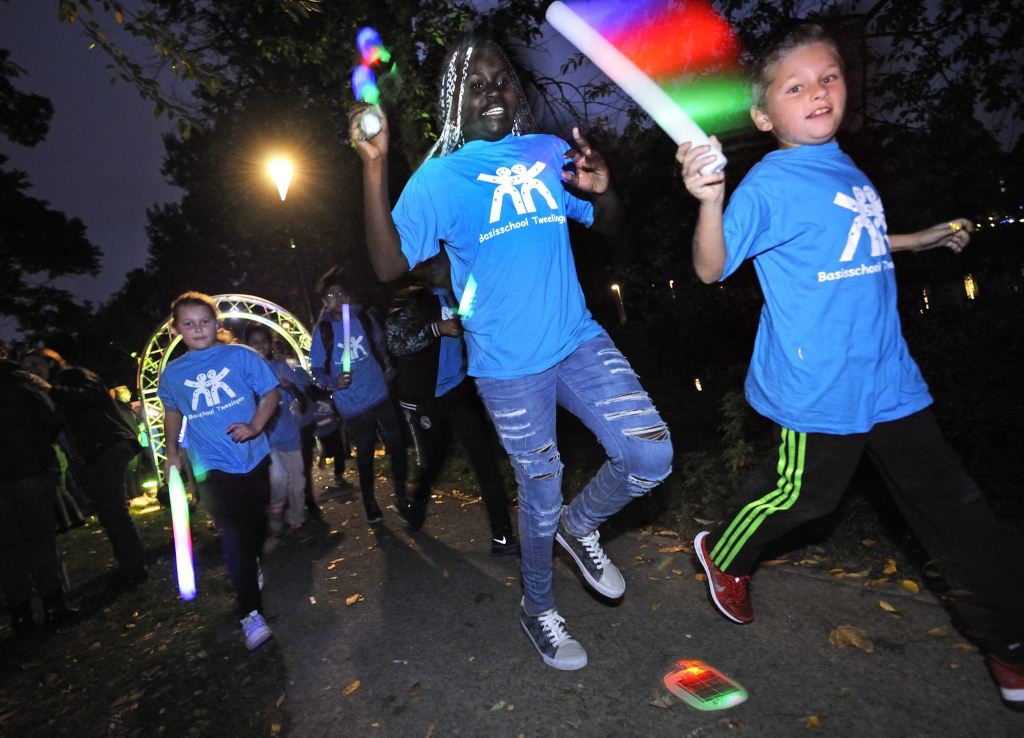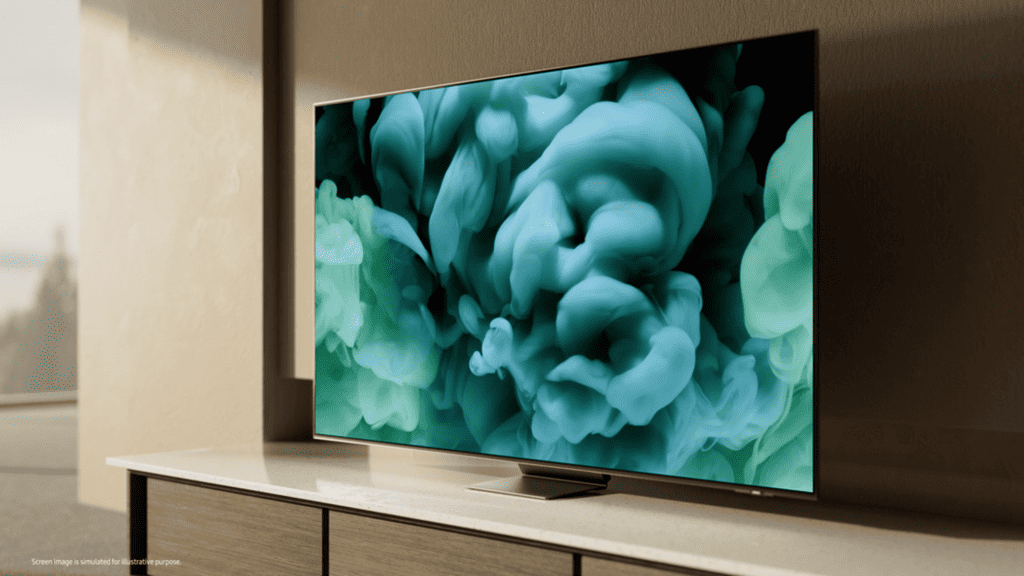
Eindhoven wants to become a smart society. But how does that work? What’s going on in a society like that? Are there any good examples to learn from? DataStudio Eindhoven explores the transition a city has to go through to actually become such a smart society. Each week, we present a new contribution on E52. This week: Annemarie Totté looks back on Roadmap Light. Read all the articles here.
As project leader, Annemarie Totté was responsible for tendering the Roadmap Light. A project that provides the whole of Eindhoven with a smart light grid. Not so strange that the municipality came to her when the pond at Eckhart had to be lit up as well. A look back on one of the subprojects within the Roadmap for Light project.
Totté: “I wanted residents to support it.” Totté clearly does not like the old-fashioned top-down approach. “I’m not going to just hang some light bulbs around the pond here”, she immediately thought after the assignment came in. The neighbourhood had to be actively involved in the process. But how do you do that?
In any case, not with a boring neighbourhood meeting, Totté knew. There are enough of them. Moreover, they are often poorly visited. She and her team wanted to go to the people. They did so.
Together with a number of design thinkers, we started a co-creation process”, says Totté. A typical Smart Society element. “How can we best involve residents in this project? That was the question we asked ourselves.”
You can’t find out things like that while sitting behind your desk. To gauge the wishes, needs and experiences of residents, the team moved into the neighbourhood. “First, we started to observe at the pond”, says Totté. “Weekdays, weekends, evenings, and mornings. We have simply looked at what is actually happening there.”
These observations immediately yielded interesting information. “We found out that there is a lot of activity taking place there near that pond”, Totté says. “There are many people with dogs and many cyclists. And oh yes, the ducks are also well nourished.”
With a better picture of the pond and its visitors, team Totté entered the neighbourhood. “We went home with people who live directly on the pond”, says Totté. “We also conducted interviews with various key people. With the director of the health centre, with people from the elderly flat, a representative of the living conditions team and with someone from the Boemerang, the community centre.”
The project leader further explains: “We have made an analysis of all these data. Safety proved to be an important theme. Because there was no light, burglars could easily escape into the dark night, and people couldn’t walk around the pond in the evening. On the other hand, local residents wanted to preserve the beautiful surroundings: ‘the lighting may be there, but make sure that we can continue to see the stars’, is what they asked for. They also wanted to be challenged to exercise.”
Then came that meeting, after all, in that one community centre. But with a big difference compared to the traditional municipal talk evenings: the team was already known in the neighbourhood and had a clear idea of what the wishes were. And she took another smart step. Totté: “The ultimate designers of the light route were also present at that meeting. So they knew from the outset what was going on among residents.”
After a design phase and another neighbourhood meeting, the team was ready to light the pond. The lamps around the pond give a soft light. Light that can also be dimmed and goes out in the evening when nobody walks along it. The stars remain visible, but so do possible burglars.
And the need to exercise? Totté says: “In the middle of the path, LED tiles are solar-powered. They shine a light in different colours. A runner can push a sensor into the ground at the starting point. It activates one of the lights of your choice, for example, the green one. That lamp then functions like a hare.” Another fine example of how technology is tailored to people, typical of the Smart Society that Eindhoven wants to be.
The benefits? The neighborhood is happy and so is the municipality. New lighting has been realized and everyone is supporting it. The project is ready. Or isn’t it? “It is an open platform that continues to develop”, Totté says. “I find that so beautiful.”
The project leader continues: “The Eindhoven University of Technology is going to place a sensor near the pond with which runners can walk a personalized route”. The university will carry out research over the next five years. This makes this project a good example of how the Smart Society should work. After all, the Smart Society is always under development.”
Main photo: Opening of the Pilot Light Eckart, October 2017



